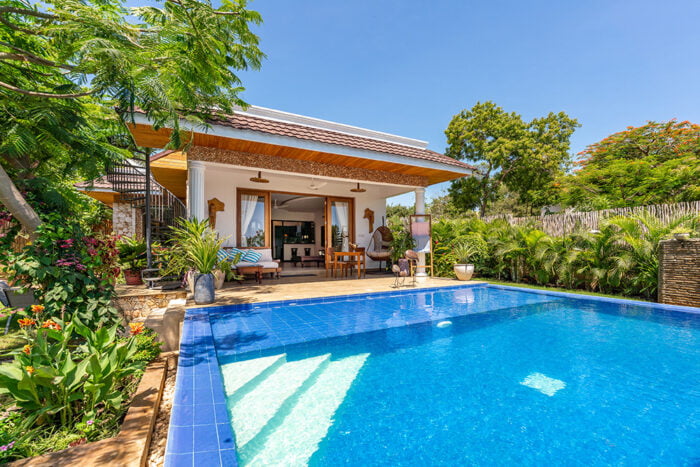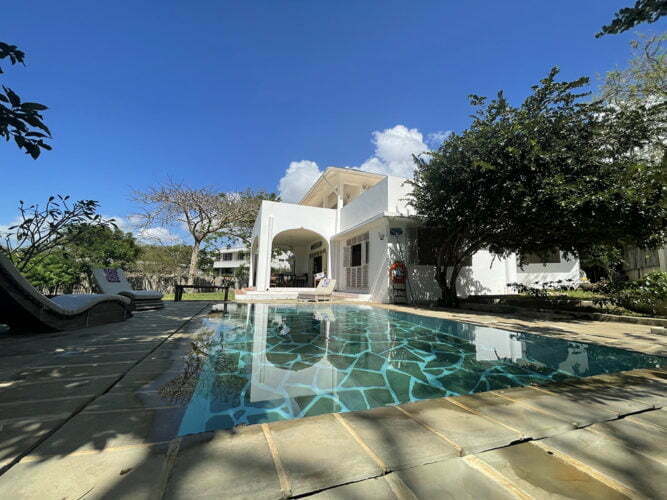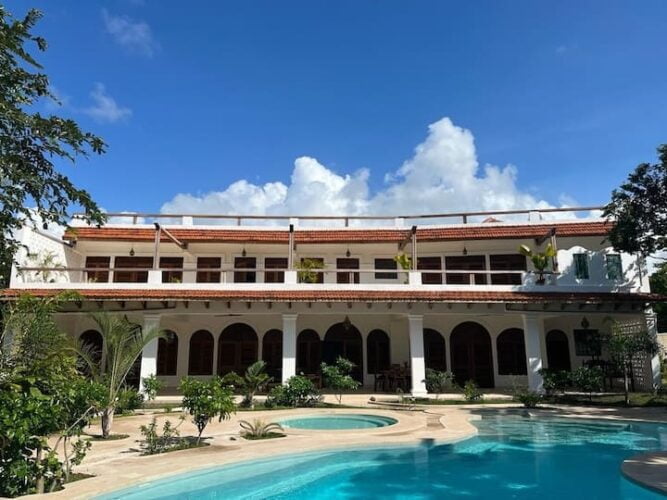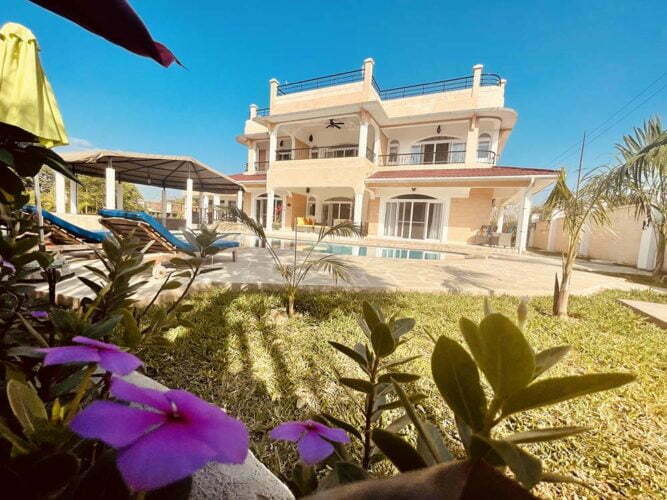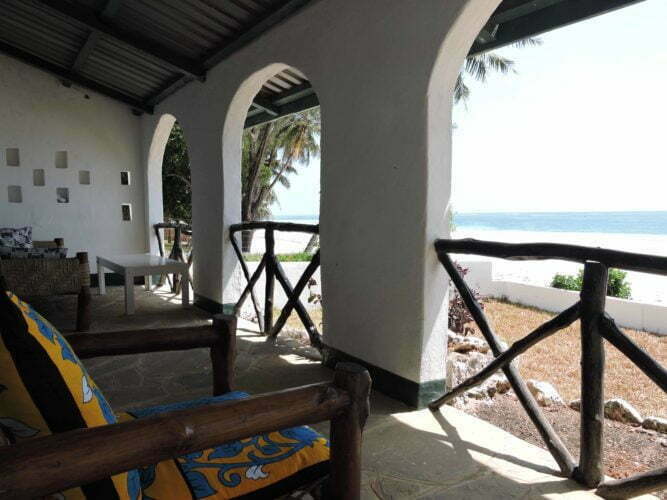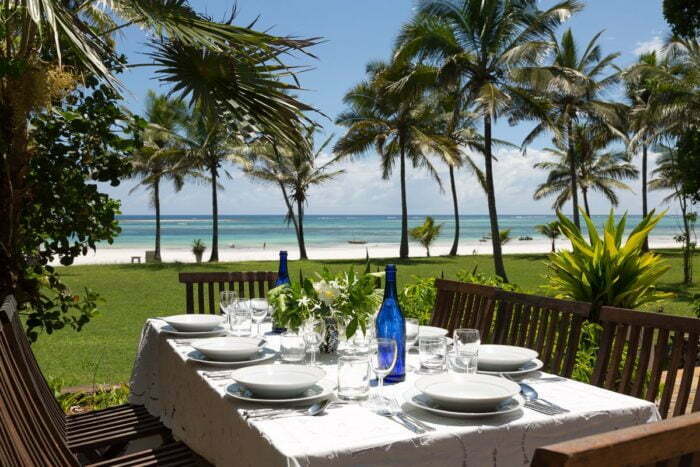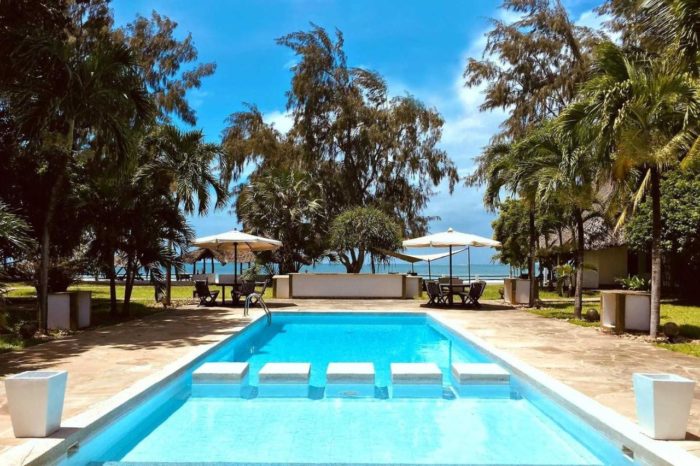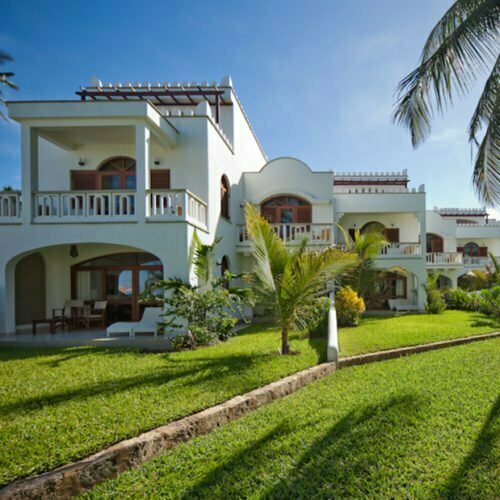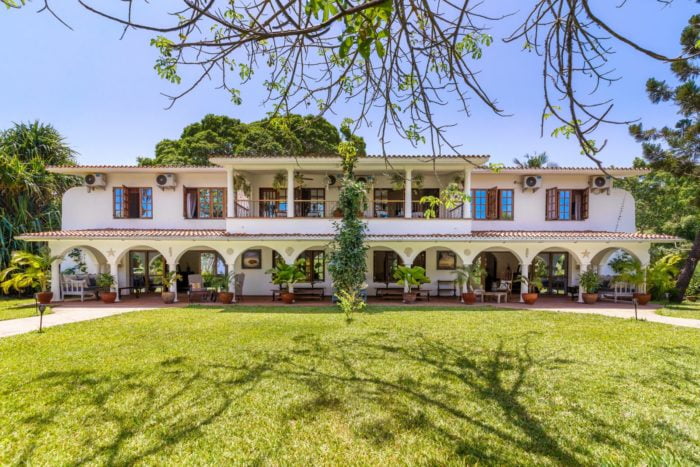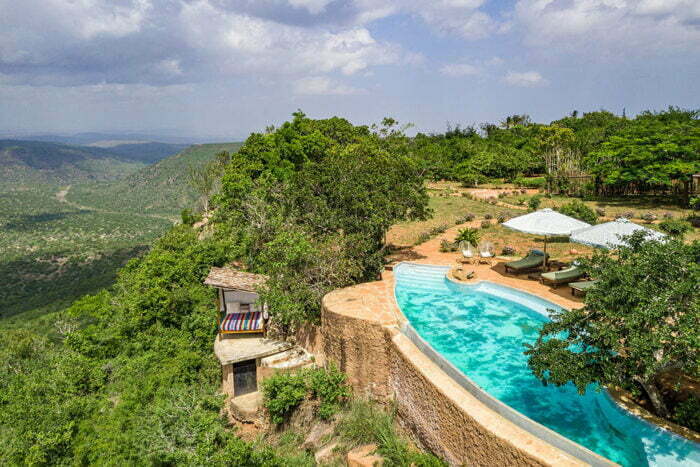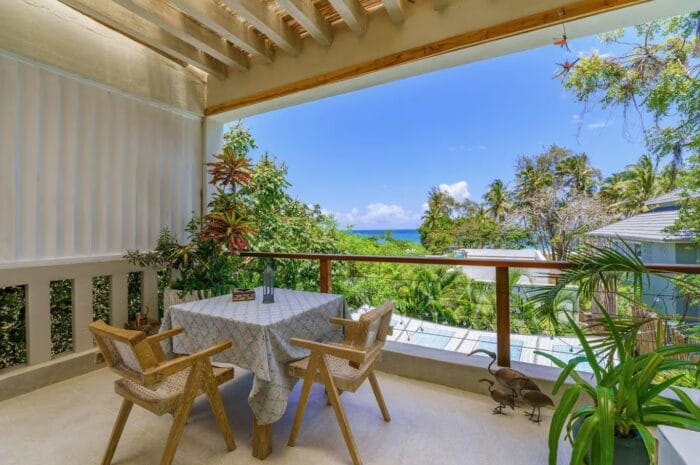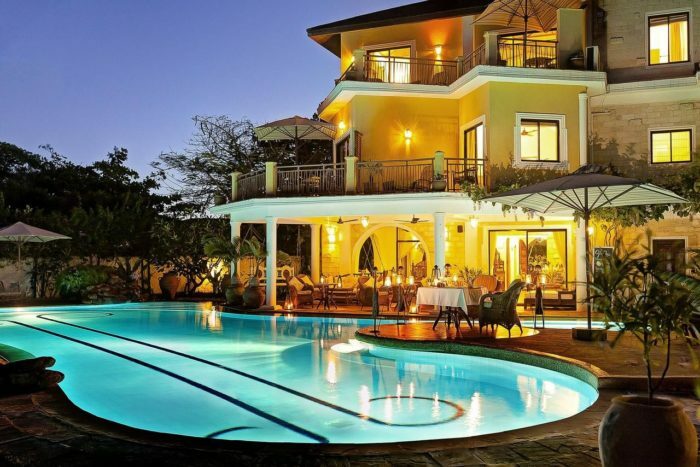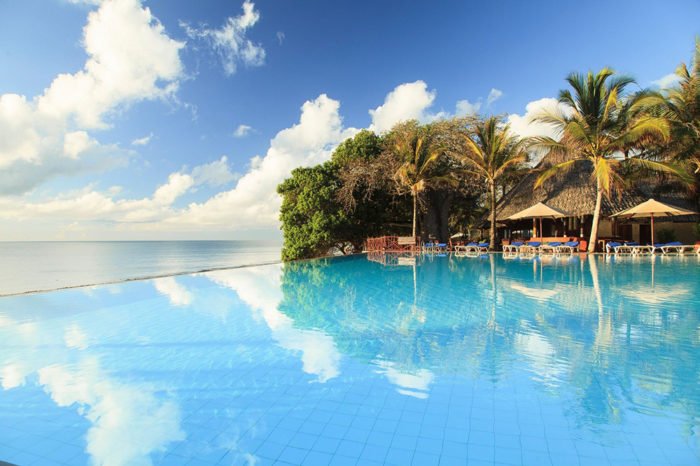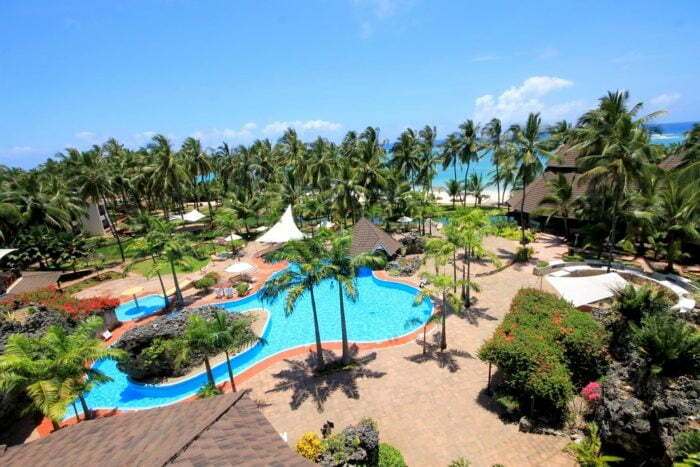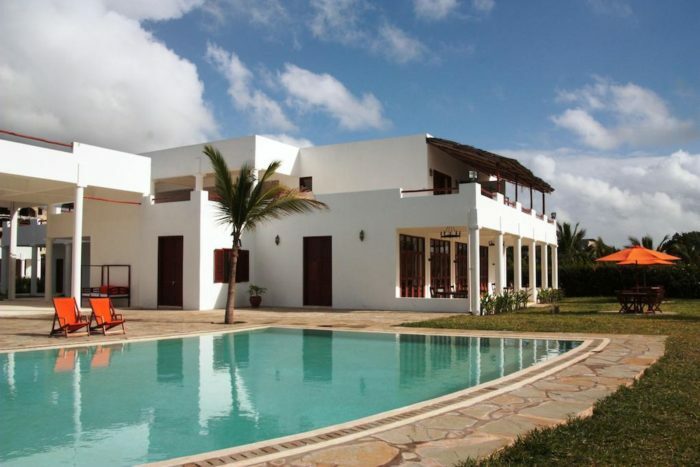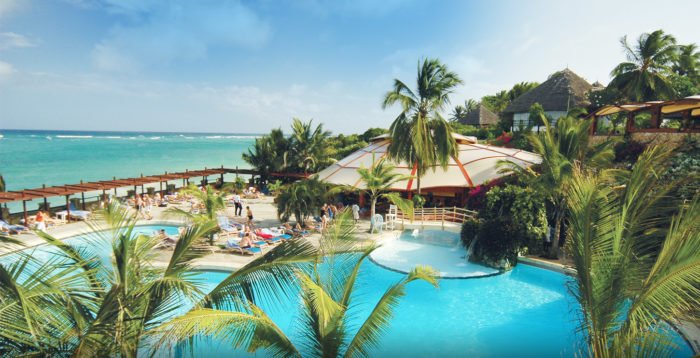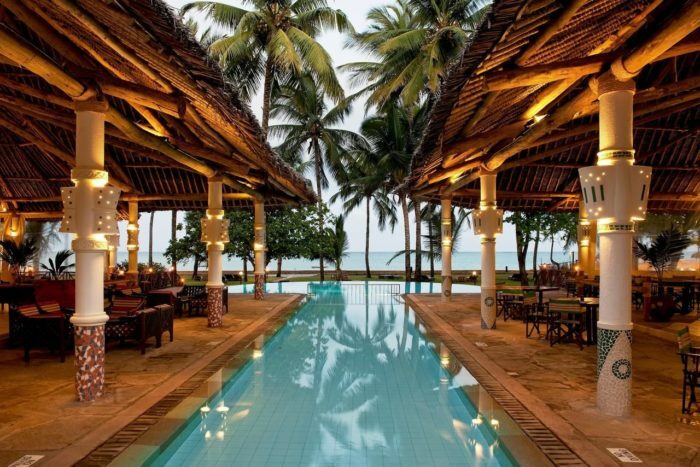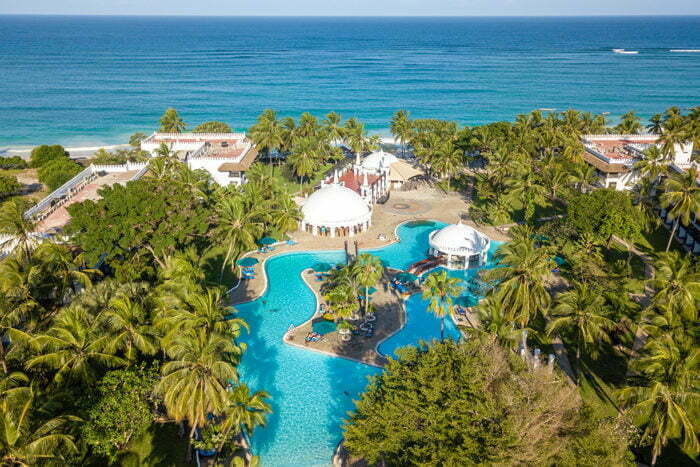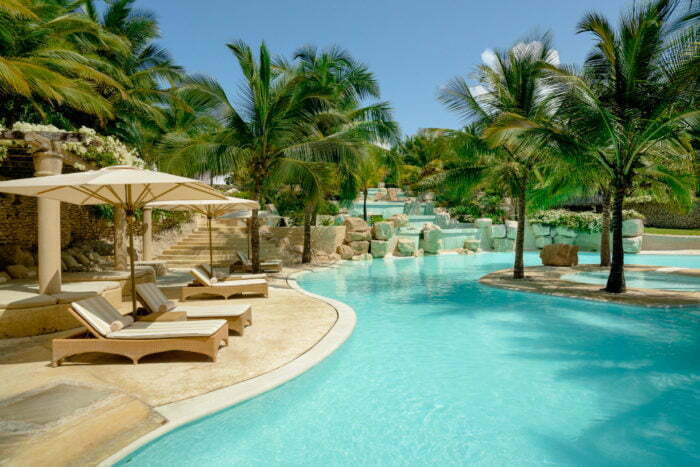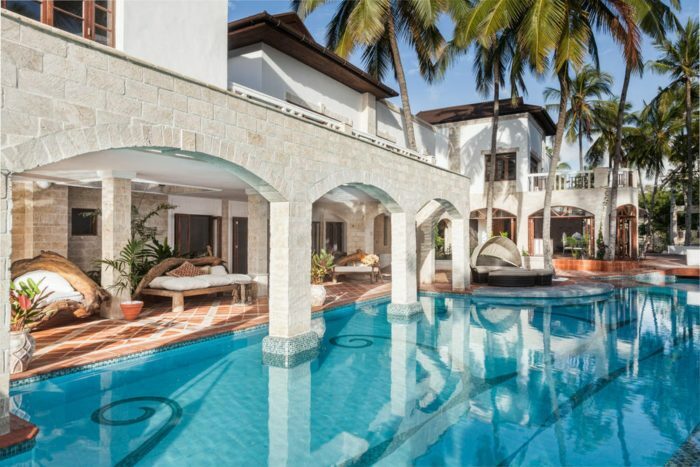Experience Diani
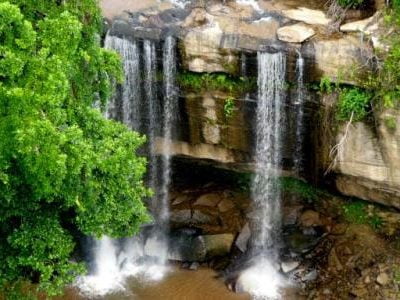
Day in Shimba Hills
at Shimba Hills
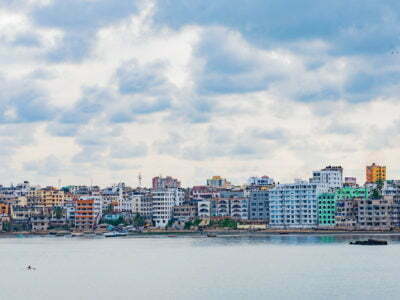
Trip to Mombasa
at Mombasa
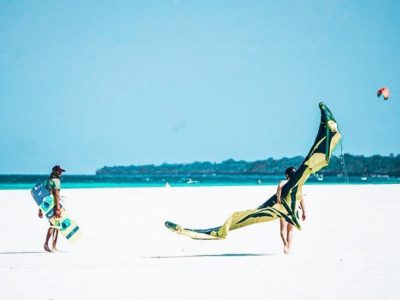
Kite Surfing in Diani Beach
at Diani Beach

Deep Sea Fishing
at Diani, Indian Ocean
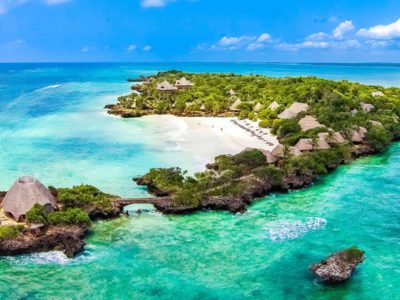
Diani Islands
at Diani, Indian Ocean

Scuba Diving
at Diani Beach
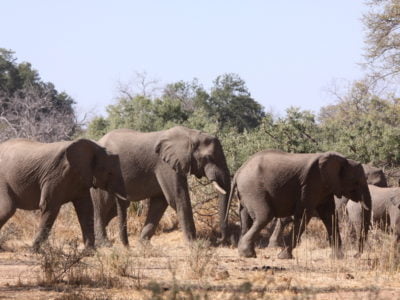
Mwaluganje Elephant Sanctuary
at Golini, Kwale
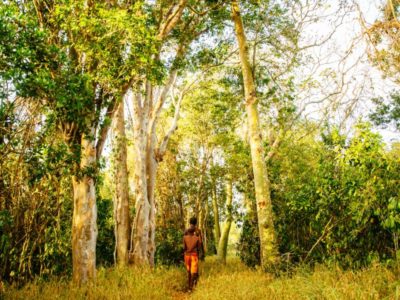
Kaya Kinondo Sacred Forest
at Galu Kinondo Area
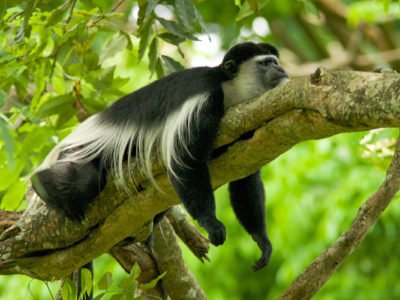
Colobus Conservation Diani
at Diani Beach

Swimming with dolphins
at Wasini Island
Trending
Trending
Discover More
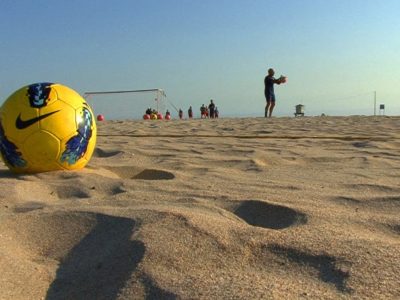
Diani Beach Sports
The thrill and athleticism in beach sports is an adventure we all ought to...
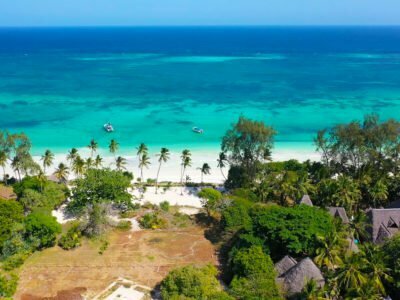
The Best Videos of Diani Beach (Curated in 2020)
Take a trip through the skies above to the waters below, the sight of...

The 2020 Diani Regatta Festival
Diani's Regatta Festival is the epitome of local culture showcasing tradition through canoe races...
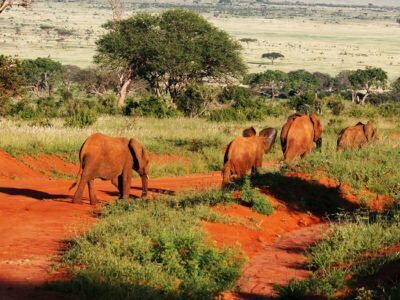
Beach to Bush Safari Guides: From Diani Beach to Tsavo National Parks
Combining Diani beach and Tsavo parks bush holiday safaris is simply a treat you...
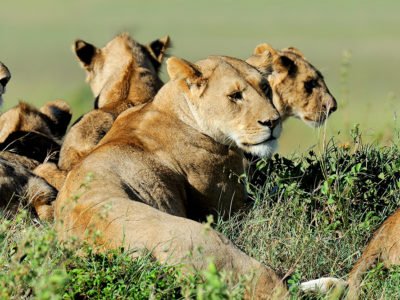
Beach and Bush Experience: Diani Beach to Maasai Mara in 2hrs
Take a stroll on a heavenly tropical beach and then later enjoy an exciting...

The Best of Swahili Breakfast treats to try in Diani
To completely immerse yourself into the local culinary scene while having a taste of...
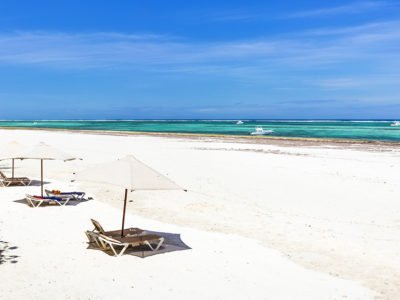
A Quick Self Guide to Exploring Diani Alone
Diani Beach
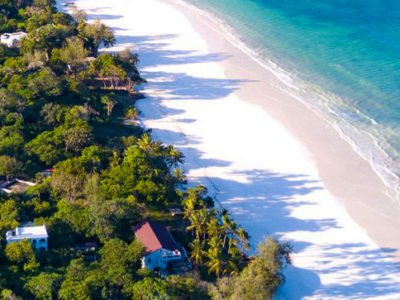
Diani Beach FAQs: Diani’s Frequently Asked Questions Answered.
Discover the most useful information and find answers to the most frequently asked questions...
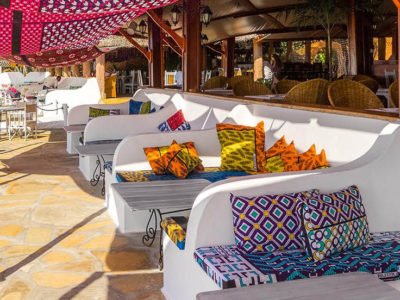
Diani’s top 5 Favorite Restaurants
“One cannot think well, love well, sleep well if one has not dined well”...

Easy Beachside Activities to engage your kids at Diani Beach
Today we share a few suggestions you can use when planning a fun beach...


